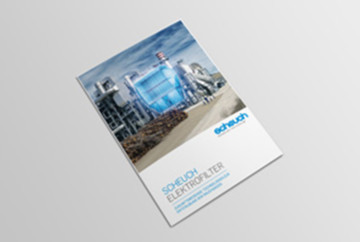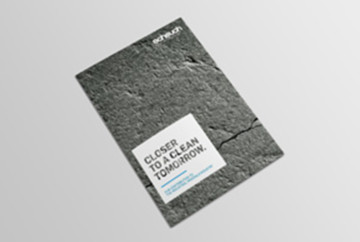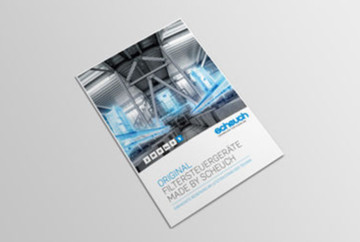Dry sorption
Scheuch specializes in providing customized solutions for each individual application case to ensure the best combination of low investment costs and minimal operating costs.
Reduction of acidic pollutants (HF, HCL, SOx) using additives based on Ca (calcium) or Na (sodium), including in:
- Conventional one-step dry sorption (with a low or no recirculation rate), and in
- Conditioned dry sorption (with a high recirculation rate) – MaxSORP
- Minimizing PCDD/F (dioxins and furans), Hg (mercury) and Hg compounds using
- Activated carbon
- HOK (hearth-furnace coke)
- Brominated and/or enhanced carbons
Crucial factors when selecting the appropriate procedure and sorbents are:
- Process and flue gas parameters such as temperature, moisture and pollutant concentrations
- Current and potential future separation output
- Sorbent costs
- Ash and waste material disposal costs
- Upstream plants (such as pre-separators) and downstream plants (such as SCR plants)
- Space requirements
- Other factors








